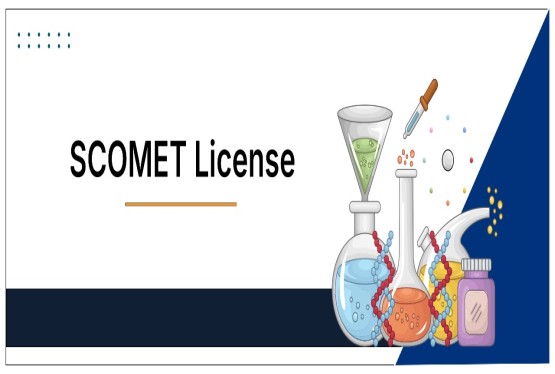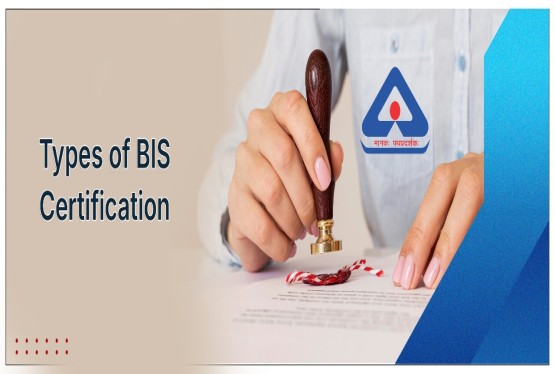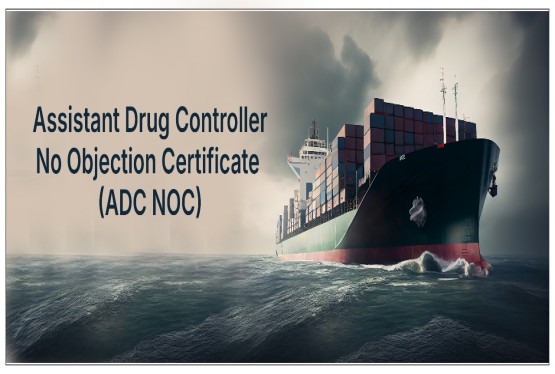If you manufacture or import ductile iron fittings used in water supply pipelines, obtaining BIS certification as per IS 9523 is not just a regulatory formality—it’s a business necessity. The Bureau of Indian Standards (BIS) mandates this certification to ensure product safety, performance, and compliance with national standards. This certification confirms that your fittings meet stringent quality and strength criteria. Without it, you're ineligible for public sector contracts and risk penalties or business shutdowns for non-compliance. Let’s discuss you through the BIS certification journey for ductile iron fittings, so you can approach the process smoothly and with confidence.
What is IS 9523 Standard?
IS 9523:2000 is the Indian Standard for ductile iron fittings designed for pressure pipes used in water, gas, and sewage systems. These fittings are mainly installed in underground pipelines and are built to endure mechanical loads and environmental wear. Certification under this standard is conducted through the ISI Mark scheme, which includes thorough factory assessments and product evaluations.
The certification process for ductile iron fittings under IS 9523 is significantly more rigorous than that for many standard consumer products. This is because the fittings play a critical role in high-pressure water, sewage, and gas pipeline systems, where failure is not an option. The standard imposes strict quality, safety, and testing protocols to ensure product integrity and long-term reliability.
Here’s what sets the IS 9523 certification apart:
-
Covers Both Major Joint Types: The certification is not limited to one type of fitting. It is compulsory for both socketed fittings (which allow for flexible jointing systems) and flanged fittings (which use rigid bolted connections). This ensures that all connection types used in infrastructure projects comply with national safety and quality benchmarks.
-
Applies to a Wide Range of Fitting Shapes: It encompasses numerous types of fittings used in piping systems, including bends, tees, collars, reducers, and other complex shapes. These components are essential for directing flow, adapting pipe sizes, or connecting multiple pipelines—making their uniform quality critical for system performance.
-
In-House Testing Setup is Mandatory: Unlike simpler products, manufacturers must establish and maintain an on-site laboratory equipped to conduct all critical tests related to mechanical strength, chemical composition, and dimensional accuracy. This lab must be operational and fully equipped before BIS will approve certification.
-
Requires Strong Quality Control Systems: Applicants are expected to maintain complete documentation outlining their quality control procedures. This includes detailed standard operating procedures (SOPs), quality manuals, inspection checklists, calibration records, and test result logs. Such documentation demonstrates that quality is maintained consistently throughout production.
-
On-Site Inspection is Non-Negotiable: As part of the certification process, BIS officials will conduct physical inspections of the manufacturing facility. These audits are thorough and evaluate not only the production process but also the condition of testing equipment, staff training levels, and adherence to quality standards.
Due to the scope and depth of these requirements, achieving IS 9523 certification is a process that demands careful planning, significant preparation, and adequate time allocation. It is not something that can be expedited in a matter of days. Manufacturers must take a systematic approach and treat certification as a strategic investment in product credibility and market access.
Process to Obtain BIS Certification for Iron Fittings - IS 9523
Step 1: Confirm Product Specifications Match IS 9523
Begin by ensuring that your ductile iron fittings fully align with the technical criteria defined in the IS 9523 standard. You’ll need to verify key performance elements such as:
-
Adequate tensile strength and percentage of elongation
-
Compliance with specified pressure ratings and dimensional accuracy
-
Proper chemical makeup of the iron and required protective coatings
-
Supported joint types, including push-on, flanged, or mechanical joints
Step 2: Set Up Internal Testing Infrastructure
BIS mandates that manufacturers must operate an in-house laboratory capable of performing essential quality tests throughout the production cycle. Your lab should be equipped with the following:
|
Test Category |
Required Equipment |
|
Pressure Resistance |
Hydrostatic pressure testing machine |
|
Dimensional Accuracy |
Vernier calipers, standard gauges |
| Tensile & Elongation |
Universal Testing Machine (UTM) |
|
Material Composition |
Spectrometer or wet chemistry tools |
|
Coating Thickness |
Digital coating thickness gauge |
Step 3: Apply Through the BIS Online Portal
Visit the BIS Manak Online Portal and create a user account. After registration, choose the ISI Mark Scheme and begin your application. The form will require:
-
Details about your factory and manufacturing process
-
Specific information on your product line
-
Quality assurance protocols
-
Upload of all required supporting documents (like SOPs, testing procedures, etc.)
Make sure all uploaded documentation is complete and accurate to prevent delays in application processing.
Step 4: Get Products Tested at a BIS-Recognised Lab
Next, send samples of your product to a BIS-approved laboratory for independent testing. These tests will confirm that your fittings meet the following performance standards:
-
Accurate pressure handling (PN rating)
-
Dimensional conformity
-
Adequate coating application and adhesion
-
Physical strength and mechanical properties
Depending on how complex your product is and how busy the lab is, the testing process can take anywhere from 2 to 3 weeks.
Step 5: Undergo Factory Inspection by BIS Officers
Once your product passes third-party testing, BIS will organize a site inspection at your manufacturing facility. During the audit, officials will:
-
Match lab test reports with actual product and factory data
-
Review manufacturing operations and quality assurance practices
-
Inspect testing equipment for calibration and proper functioning
-
Speak with your lab and production teams to assess training and readiness
-
Examine packaging and labeling to ensure proper ISI mark usage
This inspection typically spans 1–2 working days, depending on the facility size and readiness.
Step 6: Receive Your BIS ISI License
If all evaluations and verifications are successful, BIS will officially issue your Certification Mark License (CM/L). This gives you legal authority to label your ductile iron fittings with the ISI mark.
The license is initially valid for one year, with options for annual renewal—provided your company continues to meet compliance and surveillance requirements.
Common Challenges
During the BIS certification process for IS 9523, manufacturers often face several common hurdles that can delay or even derail their application. One major issue is failing laboratory tests, usually due to the use of substandard raw materials or flawed product designs. Another frequent pitfall is inadequate documentation — missing quality manuals, standard operating procedures (SOPs), or incomplete records can raise red flags during audits. Equipment-related issues also cause setbacks, especially when essential testing tools are either not available or not properly calibrated. Lastly, delayed or unclear communication with BIS, particularly when responding to queries or requests for clarification, can significantly slow down the process. To avoid these problems, it's critical to keep all documentation in order, ensure equipment is up to standard, and prepare your team through proper training and proactive communication.
Conclusion
When it comes to water, gas, and sewage infrastructure, sub-par components are not an option. A BIS certificate for ductile iron fittings under IS 9523 gives your product both regulatory clearance and credibility in the market. Whether you're an Indian manufacturer or an overseas supplier, this certification allows access to tenders, bulk projects, and ensures compliance with Indian standards.
Frequently Asked Questions (FAQs)
Q1. What is BIS Certification for Iron Fittings (IS 9523) and why is it needed?
Ans. BIS Certification under IS 9523 is mandatory for ductile iron fittings used in water, gas, and sewage systems. It ensures your products meet safety and performance standards. Without it, you risk disqualification from government projects and legal issues.
Q2. What does IS 9523 cover?
Ans. IS 9523:2000 outlines the standards for iron fittings in pressurized pipeline systems. It includes performance requirements for durability and mechanical strength, verified through BIS inspections and testing.
Q3. Why is the IS 9523 certification process so strict?
Ans. Because ductile iron fittings are used in critical infrastructure, failure isn’t an option. The process includes thorough product testing and factory audits to ensure long-term safety and performance.
Q4. What key elements are checked during IS 9523 certification?
Ans. It covers socketed and flanged joints, a wide range of fitting types (tees, bends, reducers, etc.), and requires a fully equipped in-house lab. BIS checks mechanical strength, chemical composition, and dimensions during audit.
Q5. What does the BIS certification guarantee?
Ans. It confirms your products meet national quality standards. This builds trust with clients, especially government bodies, and helps secure contracts while ensuring legal and operational compliance.












































































_crop10_thumb.jpg)







_Rules,_2025_learn_crop10_thumb.jpg)

































































